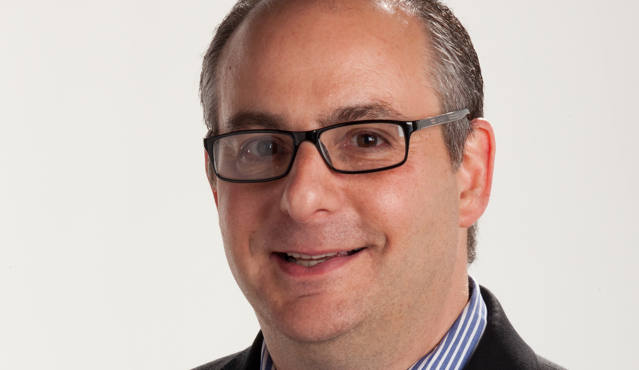Meet Evan Krāchman, a Sony marketing manager who wanted to try his hand at a bit of engineering--and was given the green light from management to do so.

Evan Krāchman is the marketing manager for surgical products and new business development for Sony. Despite being far removed from Sony’s engineering division, Krāchman spotted a need for a low-cost telemedicine solution in hospitals and nursing facilities, inspired by his own conversations in the field with health care professionals. He developed Sony’s MD2GO Remote HD IP Camera System, which launched in 2011 and is currently being used in a pilot study in a Wisconsin nursing facility not easily accessible to the area’s doctors.
FAST COMPANY How’d you come up with the idea for MD2GO?
EVAN KRACHMAN: I was exhibiting Sony technology for the American College of Surgeons in Chicago. One of our other divisions had developed a pan/tilt/zoom camera that looked interesting, so I brought it to show it off. The surgeons came and were amazed at the image quality and ease of use, and I started to think, “How do I bring this into the hospital?” I decided, if you could put it on a stand, basically you could bring it into any room. I made a messy, hand-built prototype in my cubicle. I took it to a hospital, and the chief of surgery loved it.
 You’re a marketing guy, not an engineer. With parts strewn around your cubicle, did anyone ever say to you, “Evan, that’s not your job?”
You’re a marketing guy, not an engineer. With parts strewn around your cubicle, did anyone ever say to you, “Evan, that’s not your job?”Traditionally we rely on Japan to build our products. I’m always looking for ways to improve workflow in the operating room. If you improve workflow, you improve patient care. It’s not a traditional role. Nobody said, “Why don’t you go do this?” I just went and did it because I thought it was a great idea, and I got support from the upper management to go for it. I created a PowerPoint presentation incorporating the feedback I had on the device from the field, and everyone understood this was an important device for Sony to move forward with.
As a marketing guy you spend a lot of time interacting with Sony’s customers. Did that give you a unique perspective into what they needed and wanted in a product?
It’s important to listen to the customer, to take their ideas, and to see if we can implement them in future products. Steve Jobs was very anti- the voice of the consumer. But in the medical world, with the doctors and nurses--I’m going to make a joke here--you have to make something easy enough for a doctor to use. I think that being in the field, being in the OR, watching how the product is actually used, does make a big difference for us. I can’t tell you how many times I’ve been in an operating room talking to surgeons, and I’ll scratch my head and say, “Why are you using this system when this other system is superior?” And the surgeon will turn around and say, “The nurses can’t figure it out. They want the most simple, easy-to-use system.” We keep that in mind. If you come up with the greatest idea, but it’s hard to use, it’ll get stuck in the closet.
Do you have an engineering background? How does a marketing guy come up with product ideas?
I’ve always been a tinkerer. My dad was an optometrist, and I developed a video preview system for him, back in the days of reel-to-reel black-and-white video tape. When you’re trying on glasses, you can’t see what you look like, so I convinced him to buy a system so patients could record themselves and then play back what they look like trying on glasses. I’ve always liked developing things to help people.
Does your cubicle still look like a workshop?
It sort of does. We’re in development of version two of MD2GO, based on customer feedback.
This interview has been condensed and edited.
For more from the Fast Talk interview series, click here. Know someone who'd make a good Fast Talk subject? Mention it to David Zax.
Follow Fast Company on Twitter.
DIGITAL JUICE
No comments:
Post a Comment
Thank's!